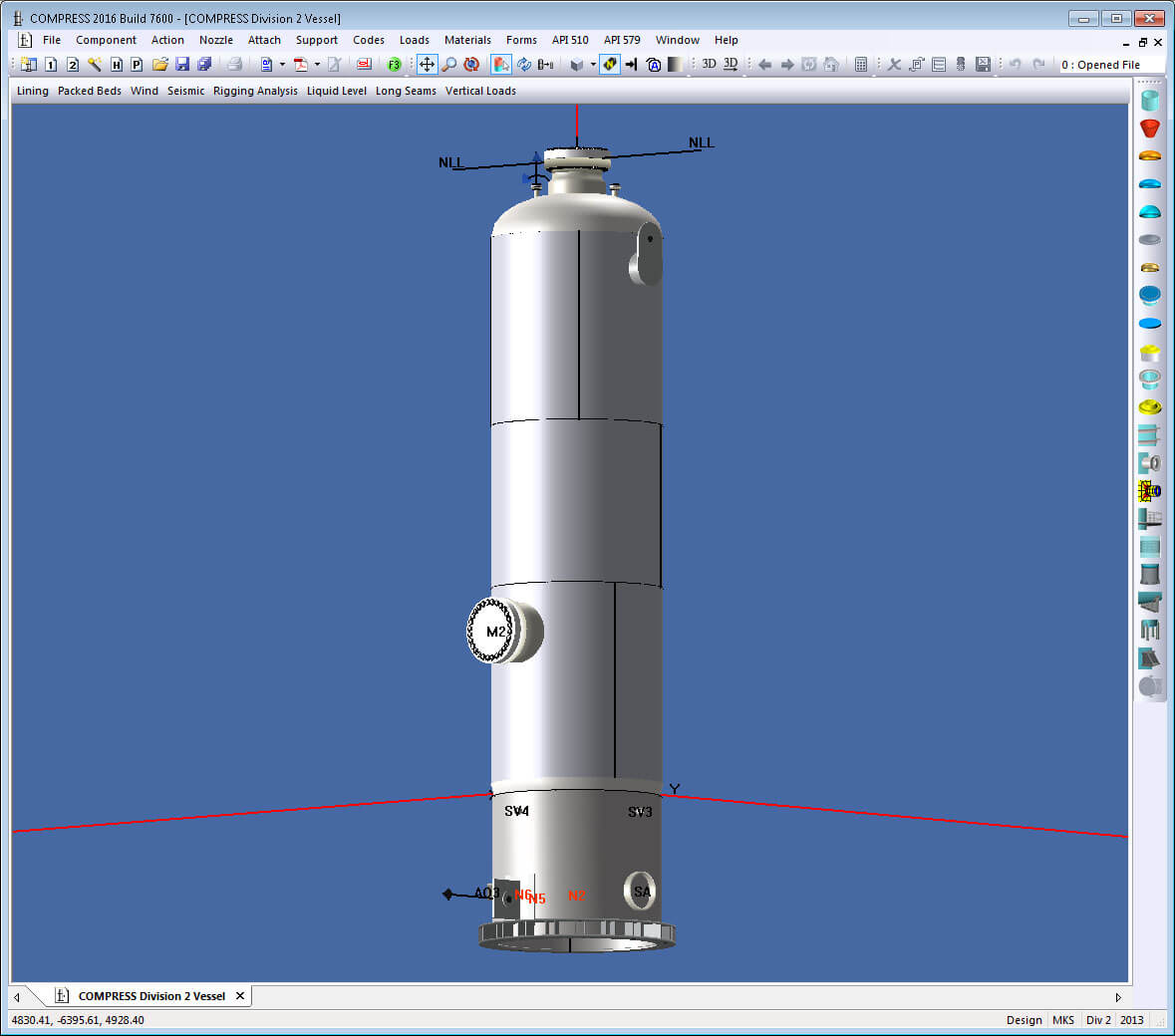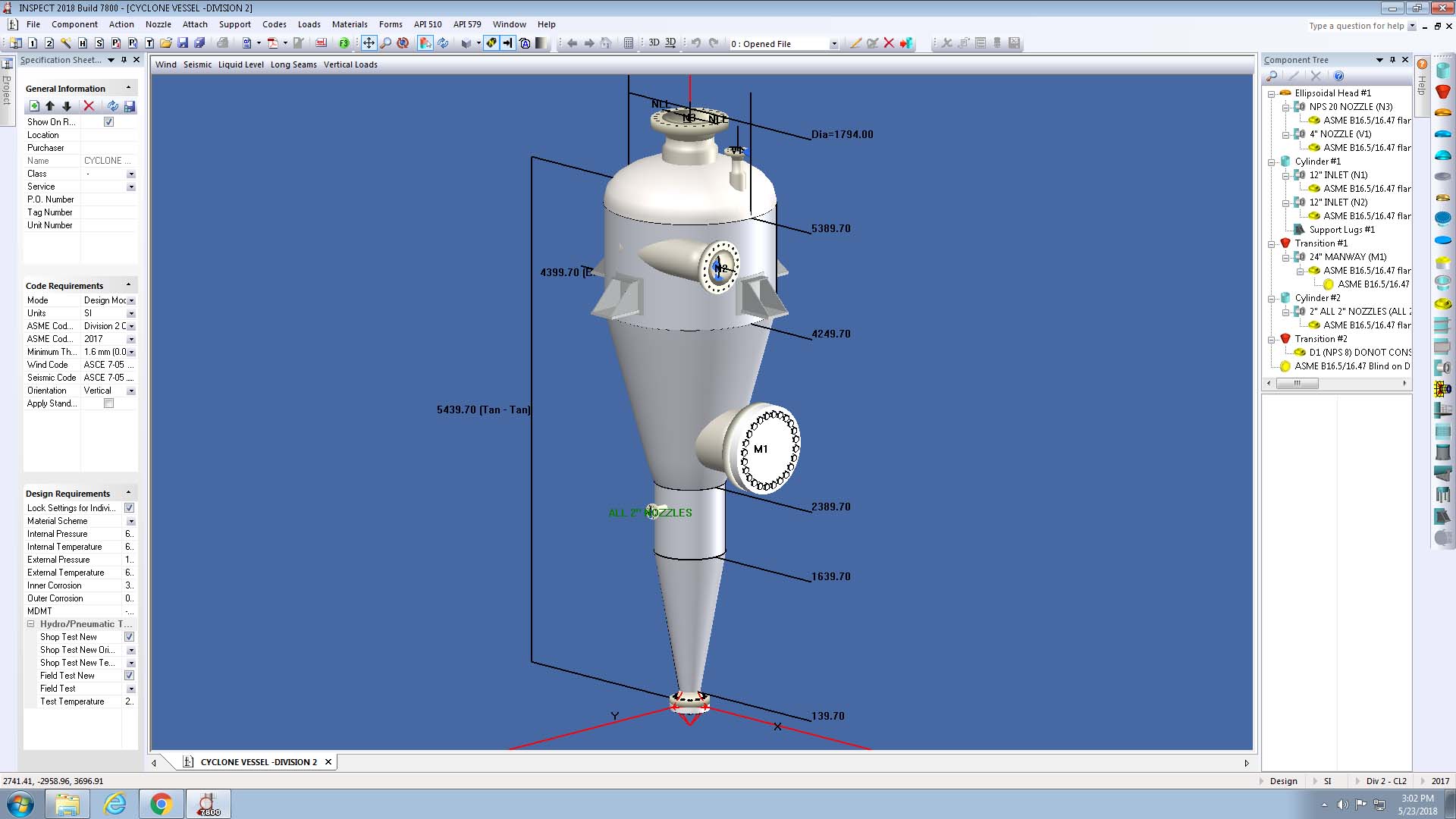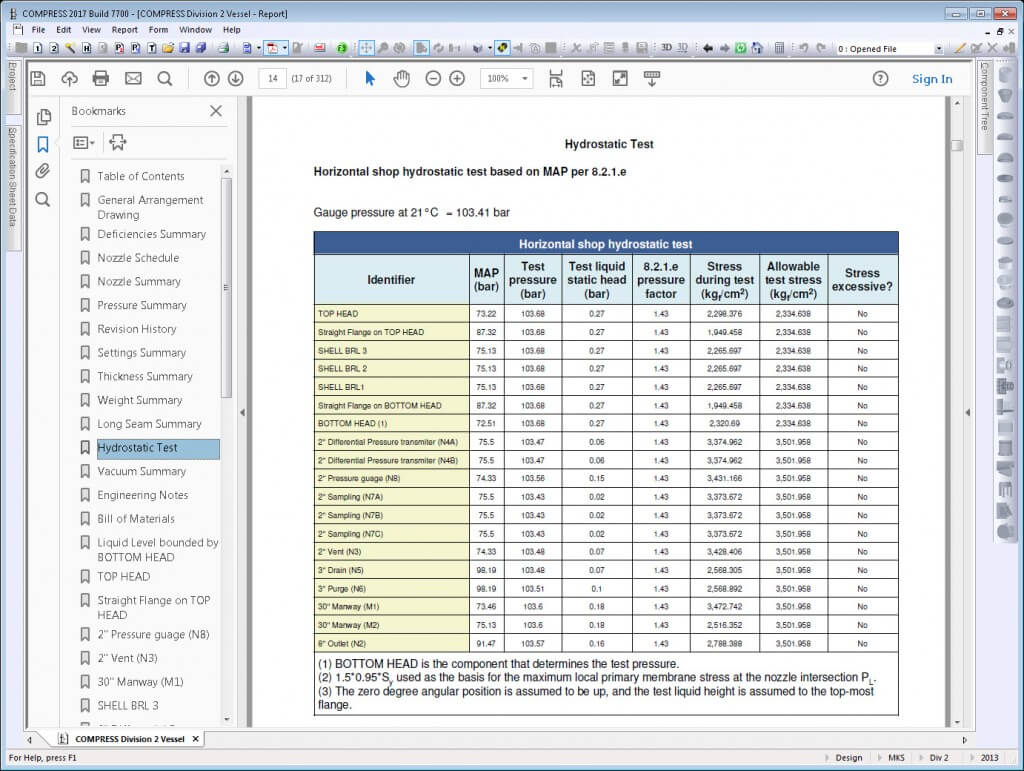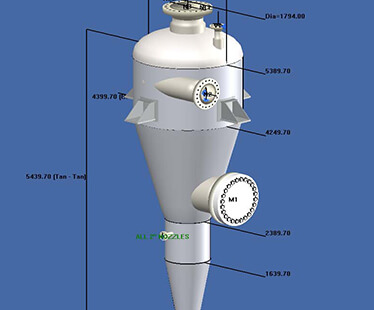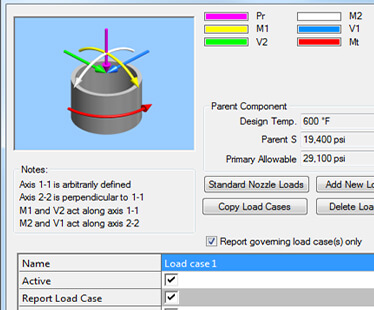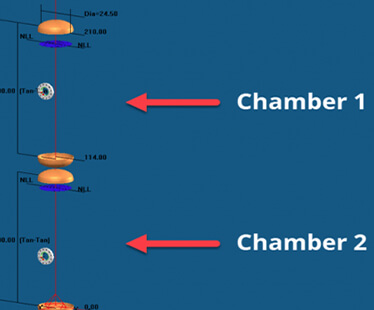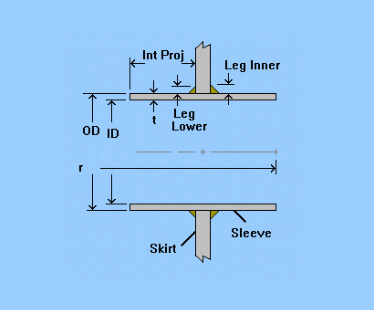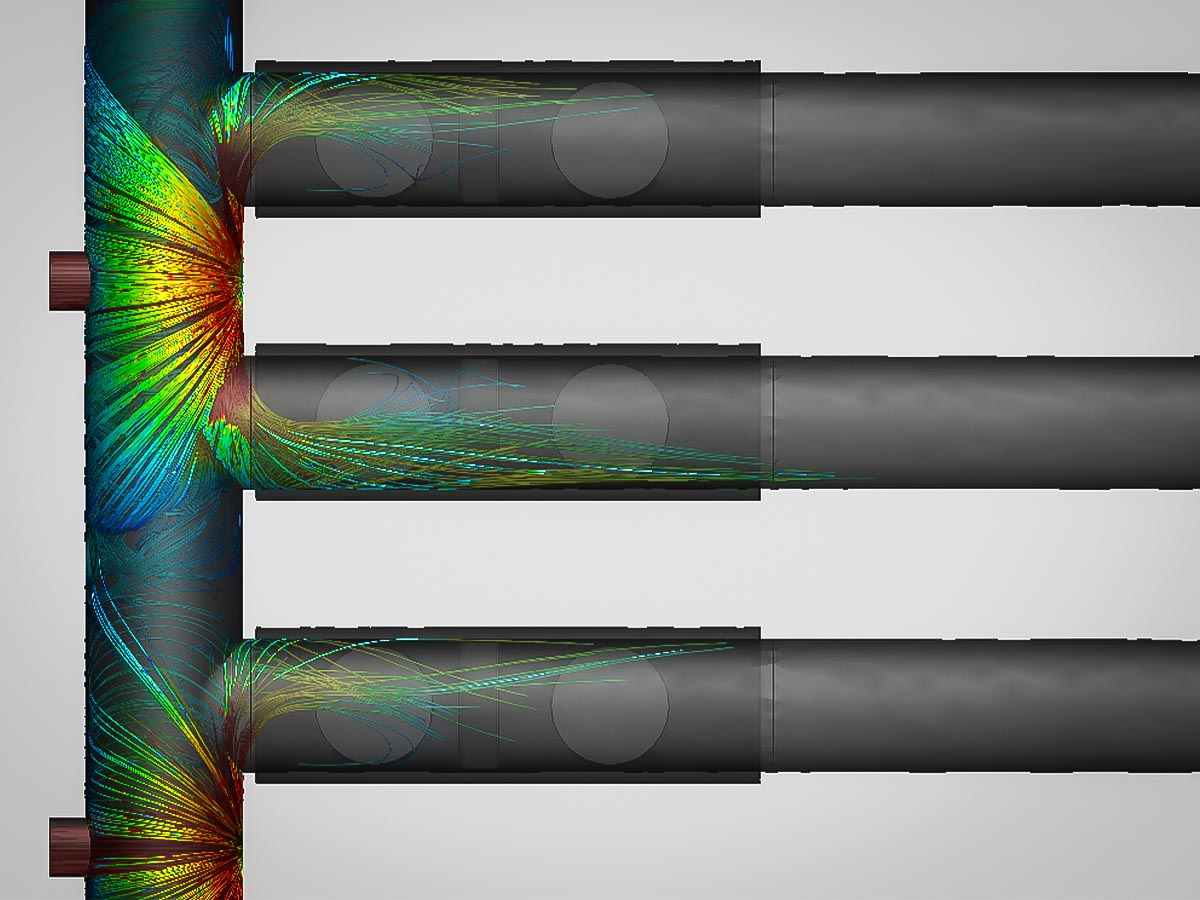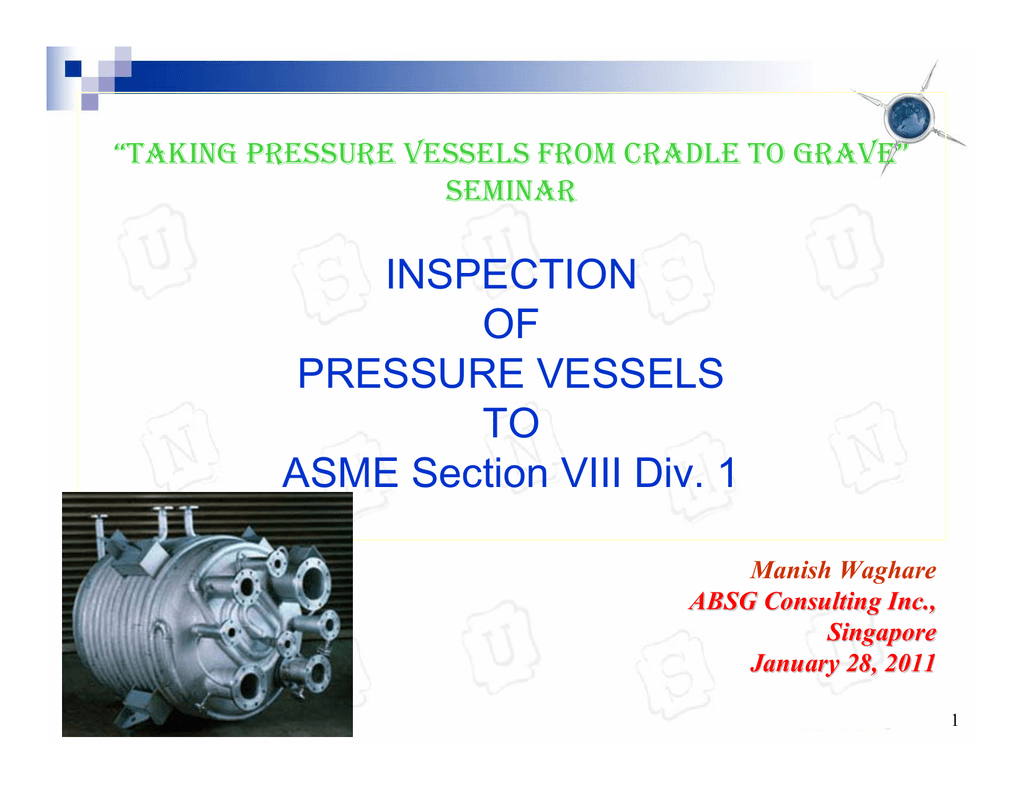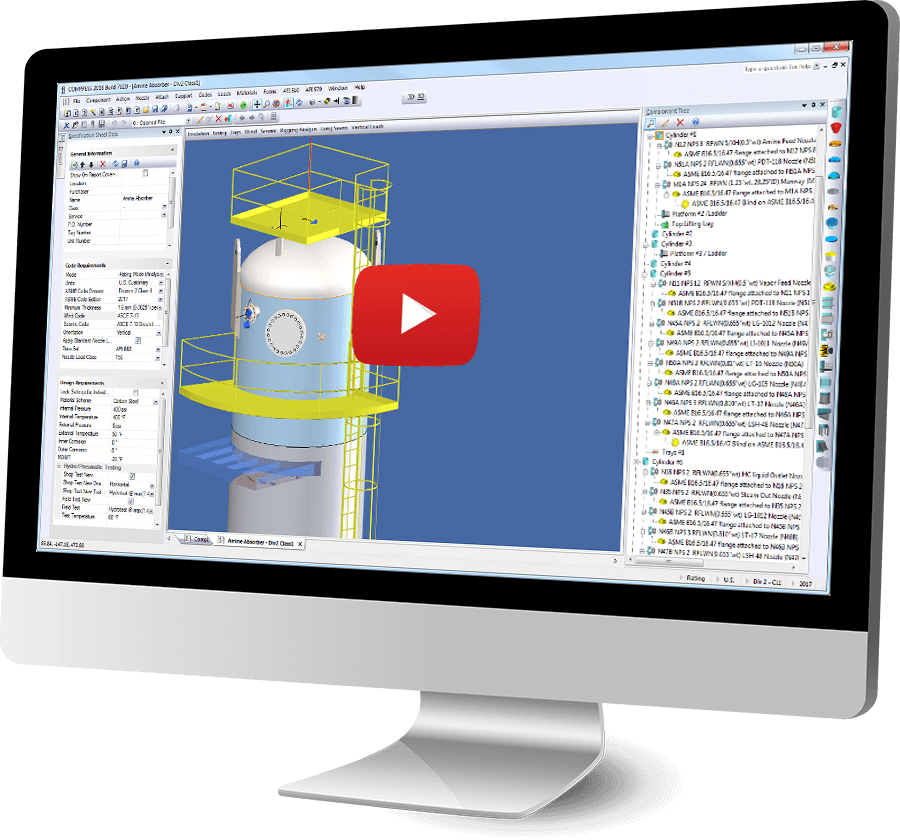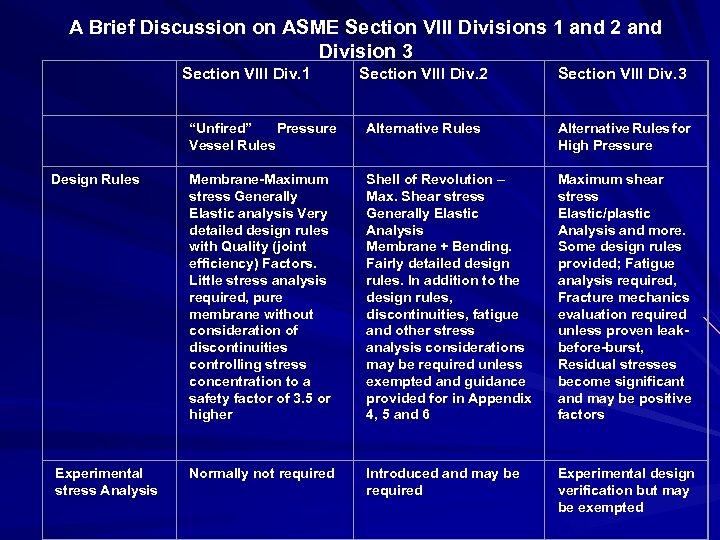Asme Viii Div 2 Class 1 Vs Class 2

Asme sec viii division 1.
Asme viii div 2 class 1 vs class 2. Class 1 vessels are new for 2017 and differ from class 2 vessels as follows. The requirements for class 2 vessels are largely unchanged from the previous 2015 edition of asme viii 2. Design factor used is 3 5 on tensile and other yield and temperature considerations. Division 1 is focused on a design by rule approach.
The recently introduced asme viii 2 class 1 designation provides a way to specify and build vessels that are more economical than those produced using traditional division 1 rules. Asme sec viii division 2. Calculations are presented as pdf with formulas visible so it becomes easy for someone to check them against asme section viii division 1 and division 2. The differences in the requirements and design basis between these two classes are not provided in a single location in section viii division 2 but rather spread out across the code.
1 3 was 1 5 before the use of the 3 5 design factor in the 1999 addenda 1 25 1 25 may be exempted for autofrettaged vessels in 1998 code cases 2278 and 2290 for asme section viii division 1 allowed for alternative maximum allowable design stresses based on a a factor of 3 5 under certain provisions instead of a factor of 4 used by the code. One of the key differences between class 1 and class 2 is the applicable design margin of 3 0 and 2 4 against the ultimate tensile strength of the material respectively. Vessels designed in accordance to section viii division 1 have a design margin of 3 5 against the ultimate tensile strength of the material. The main reason for doing this exercise was that the pressure temperature of this flange is above what asme b16 5 allows for a class 600 flange.
Advantages of class 1 over division 1 include. Class 1 vessels use a design margin of 3 0 instead of 2 4.
